In the dynamic world of digital communication, the power of email remains undeniable. For nonprofit organizations, email marketing has become a critical tool for fostering connections, driving donations, and amplifying missions. With nearly half of nonprofit donors noting email as their preferred communication method, it’s vital to understand and employ email marketing best practices.
Crafting Compelling Subject Lines
The first point of contact in any email is the subject line. Its significance? It can make or break your email’s open rate. A compelling subject line should be a fusion of relevance, conciseness, and intrigue. For instance, instead of “Monthly Newsletter,” opt for “See the Impact of Your Donation Last Month!” It directly addresses the recipient’s involvement and piques curiosity.
Segmentation Strategies for Targeted Outreach
Every subscriber on your list has a unique relationship with your organization. You can tailor your messaging by segmenting your audience based on donor status, event attendance, or volunteering history. A first-time donor might appreciate a heartfelt thank you, while a recurring supporter might resonate more with updates on ongoing projects. Segmentation ensures relevancy, which in turn boosts engagement.
Integrating Donation Buttons and Calls-to-Action (CTA)
Within the email’s body, your CTA is your compass. It directs your readers where you want them to go. A well-placed, visually distinct “Donate Now” button can significantly increase contribution rates for nonprofits. The key is clarity and immediacy; encourage action without sounding demanding. Phrases like “Join Us in Making a Difference” can work wonders.
Using Analytics for Continuous Campaign Improvement
Every email sent is a goldmine of data. Platforms like Mailchimp or Constant Contact provide insightful metrics such as open rates, click-through rates, and conversion rates. These numbers aren’t just statistics; they’re narratives. A dip in open rates might suggest a need to revisit your subject lines, while low conversion rates could point to a less-than-compelling CTA.
GDPR Considerations and Respecting Donor Privacy
In the age of data breaches, respecting privacy isn’t just courteous—it’s crucial. The General Data Protection Regulation (GDPR) mandates strict data collection and usage rules for entities dealing with European Union residents. Ensure you’re compliant by only emailing those who’ve consented. Transparency isn’t just a legal requirement; it’s a trust-building tool.
Best Practices and Pro Tips
- Frequency matters. Bombarding your subscribers can lead to list fatigue or, worse, unsubscribes. Find a balance, opting for bi-weekly or monthly emails.
- Enhance your emails with impactful visuals—a picture speaks a thousand words.
- Never underestimate personalization—a simple “Thank you, [Name]” can amplify donor loyalty.
Conclusion
Email marketing for nonprofits is an art, blending strategy with sincerity. As digital inboxes become more crowded, the need to stand out becomes paramount. Yet, with purpose-driven content, genuine appreciation, and a dash of data-driven insights, your nonprofit can harness email marketing to forge deeper connections, inspire action, and further your mission.
If navigating these waters seems daunting, remember you don’t have to journey alone. Good Cause Marketing Partners is here to help you craft impactful email campaigns that resonate and inspire. Every email sent is an opportunity—not just for donations, but to make a difference.






